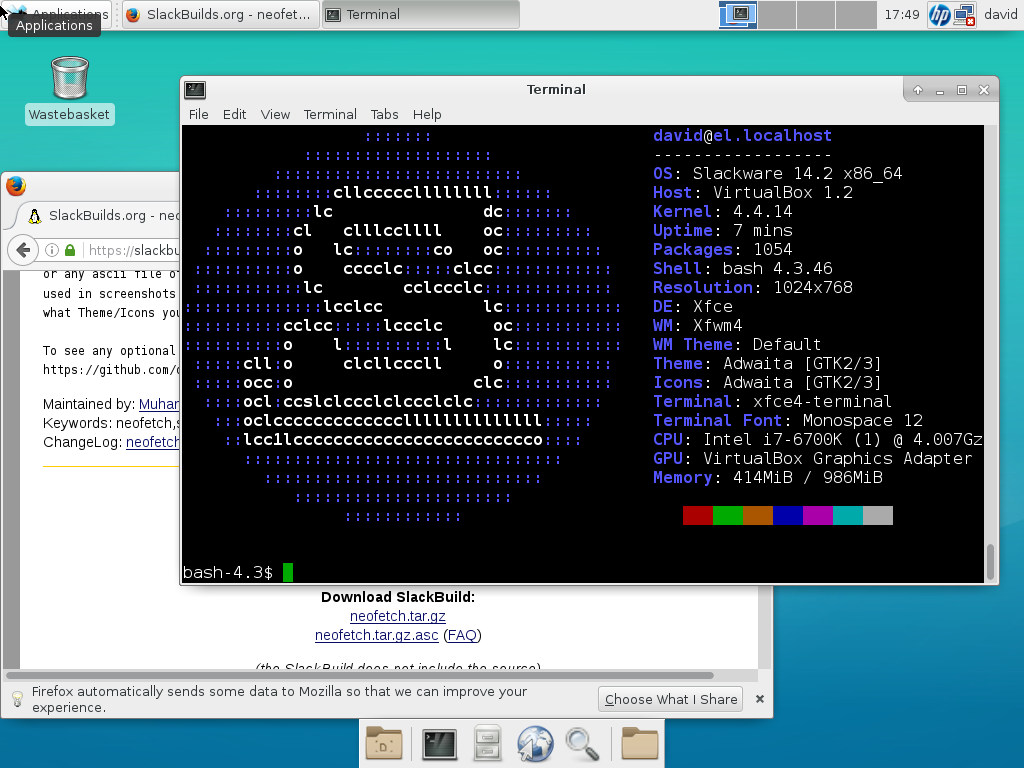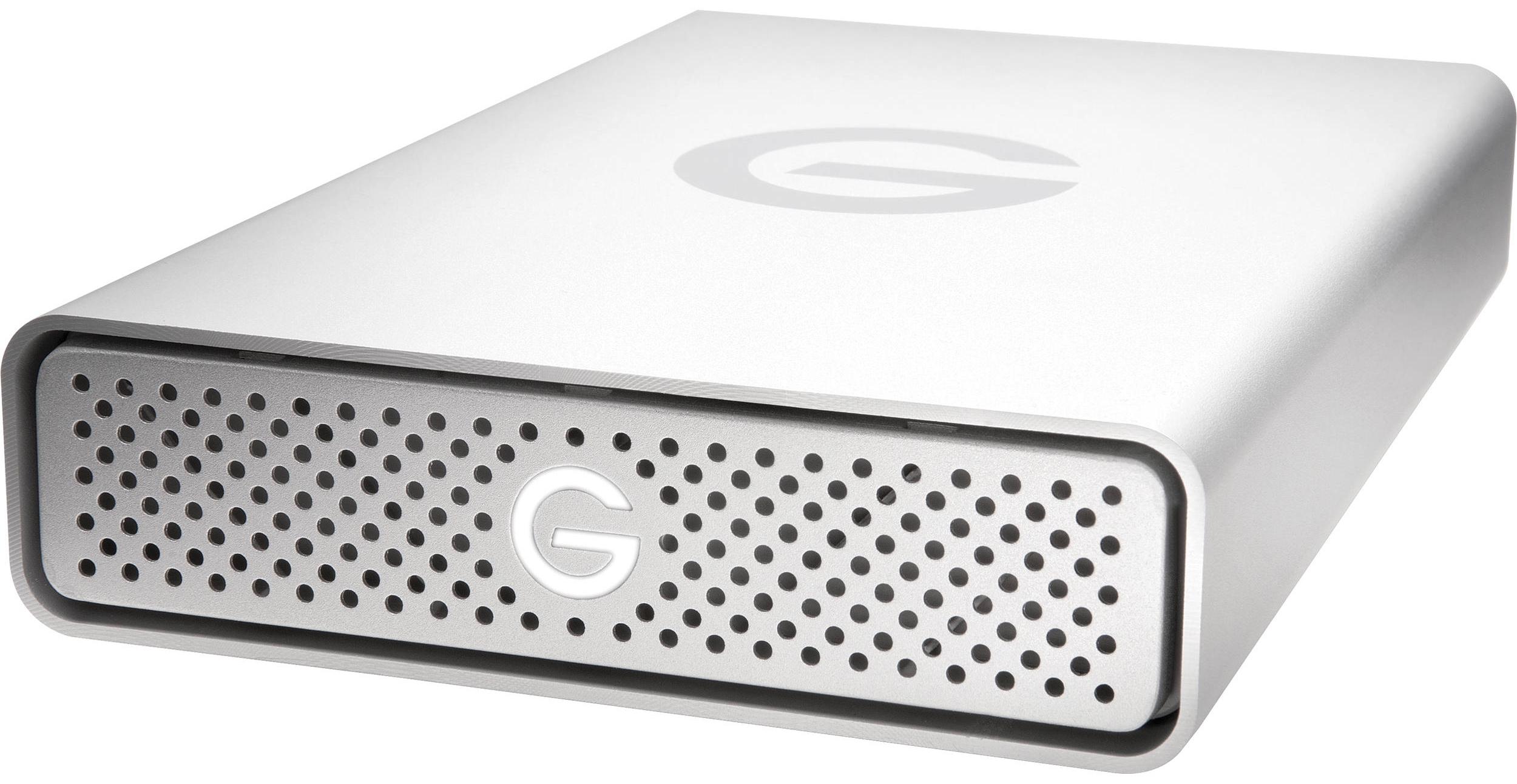
I’ll store my media files on it while keeping the internal hard drive clear for apps and the OS.” While browsing the Internet for your external hard drive, you come across weird terms like NTFS, HFS+, FAT32, and exFAT. So you figured, “Fine, I’ll just get an external hard drive. However, it is frustrating that you have to sacrifice storage space because you spent the extra money to get a solid-state drive instead of the cheaper hard disk drive. This was more of an issue back in the Windows 98 days when you had to make sure your drive was formatted with something all of your machines could read.Ever run out of storage space and start wondering if it would be possible to take a crowbar to your new unibody MacBook Pro to pry it open and put another hard drive in? Neither do I. Going from NTFS to exFAT you will lose folder and file security, but that probably isn't an issue for you. When transferring data from one file system to another the only issue is if the operating system can read both file types. FAT32 limits you to 32GB volumes, unless you use another tool to create drive of up to 127.53GB If you're talking smaller sizes, like making a USB drive of MP3s to play in your car you may have to go with FAT32 unless the devices supports exFAT. If you want to access the drive regularly on another machine and didn't need security exFAT would be a better choice. If you needed to restore your data on another machine or reinstall of Windows you would need to take ownership of the drive before you would be able to access its contents. If you're only going to use them with this system and the drive sizes are larger NTFS can be a valid option.

The external drives require a little more thought. It provides security and supports volumes up to 256TB. Selecting NTFS (New Technology File System) for large internal Windows drives makes sense.


What file system you pick is determined by need for security, need for portability, and size of the volume.


 0 kommentar(er)
0 kommentar(er)
